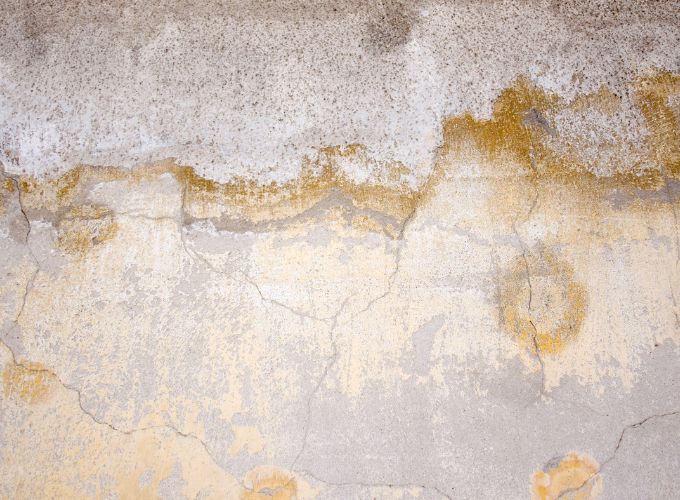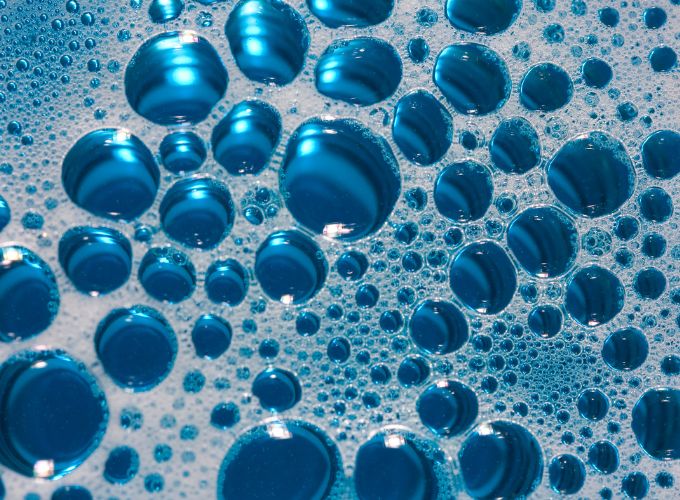
Hygge isn’t a season, it’s a way of being in the world We’ve been taught that fire is only lit when it’s cold.That the wood

How to Remove Mold from Wood: Easy and Effective Guide
Removing mold from wood is a simple task if you know how to do it. In this article, we’ll show you how to effectively remove mold without complications, while also taking care of your Panadero wood stove. Your home will shine again in no time!
Why Does Mold Appear on Wood?
Mold on wood is usually a result of humidity, heat, and darkness. Wood, with its porous texture, is an ideal place for mold to grow, especially if you live in a humid area or with high temperatures. If you have a Panadero wood stove, mold can appear on the firewood or nearby furniture due to accumulated moisture.
Effects of Mold on Health
Mold not only damages wood but can also affect health. Mold spores can cause allergies, coughing, and respiratory problems in both people and pets. It is important to remove it as soon as possible to prevent health issues in your home.
How to Tell If You Have Mold?
Identifying mold is easy. Look for black, green, or white stains on the wood, which sometimes appear as dust or fuzz. Also, if you smell a “forgotten basement” odor even when you’re in the living room, it’s likely that you have mold in your home.

Step by Step: How to Clean Mold from Wood
Step 1: Preparation
Before you begin, wear gloves and a mask to avoid inhaling mold spores. If the mold is on the firewood, move it outside to prevent spreading spores around the house.
Step 2: Basic Cleaning
Use a dry cloth to remove visible mold. Do not scrub too hard, as this could spread the spores.
Step 3: Use Vinegar
White vinegar is an excellent mold remover. Mix one part white vinegar with three parts warm water. Dampen a cloth or sponge with the mixture and clean the affected areas. If the mold persists, use a soft brush, but be careful not to damage the wood.
Step 4: Drying
Let the wood dry properly in the open air. If possible, place it in the sun, as sunlight helps kill mold spores. If the mold is near your stove, use a fan or dehumidifier to ensure the wood dries completely.

Other Products for Removing Mold from Wood
If you prefer to use other products, here are a few options:
Water and mild detergent
Baking soda
Isopropyl alcohol
Hydrogen peroxide
Always test the products on a small area before using them on the entire surface.
Tips for Preventing Mold on Wood
Once you’ve removed the mold, it’s important to take measures to prevent it from coming back. Here are some tips:
Proper Storage of Firewood
Store the firewood for your stove in a dry and well-ventilated place. Avoid piling it against the wall, as moisture can accumulate. If you live in a humid area, consider using a dehumidifier to keep the environment dry. Also, ensure the firewood is well-dried (less than 20% moisture) to ensure your stove operates efficiently.
Check the Area Around the Stove
Keep the room well-ventilated and check that there is no moisture buildup on the walls or furniture near the stove. A natural wood sealer can be an excellent option to protect wooden surfaces from future mold problems.
Panadero: Wood Stoves Made with Love and No Mold
At Panadero, we don’t just make wood stoves; we create moments of warmth and comfort. Each stove is designed with high-quality materials to ensure durability and performance. To keep your stove always shining, it’s important to keep it free from mold, and we’re here to offer the best tips to take care of it.
If you’re looking for a stove that combines elegance, quality, and durability, visit www.panadero.com and discover our collection. And if you have any questions about how to care for your stove or firewood, we’re here to help.

Hygge isn’t a season, it’s a way of being in the world We’ve been taught that fire is only lit when it’s cold.That the wood

The afternoon of April 28, 2025, will be remembered by many: a total blackout left the entire Iberian Peninsula without power for hours. Trains halted,

Internships make all the difference when it comes to finding a job. Finding a job isn’t easy. But there’s one real, direct and effective path

Wood Stoves: The Warm Heart of Your Home Deserves Special Care. Wood stoves are much more than just a heating system—they are the soul of